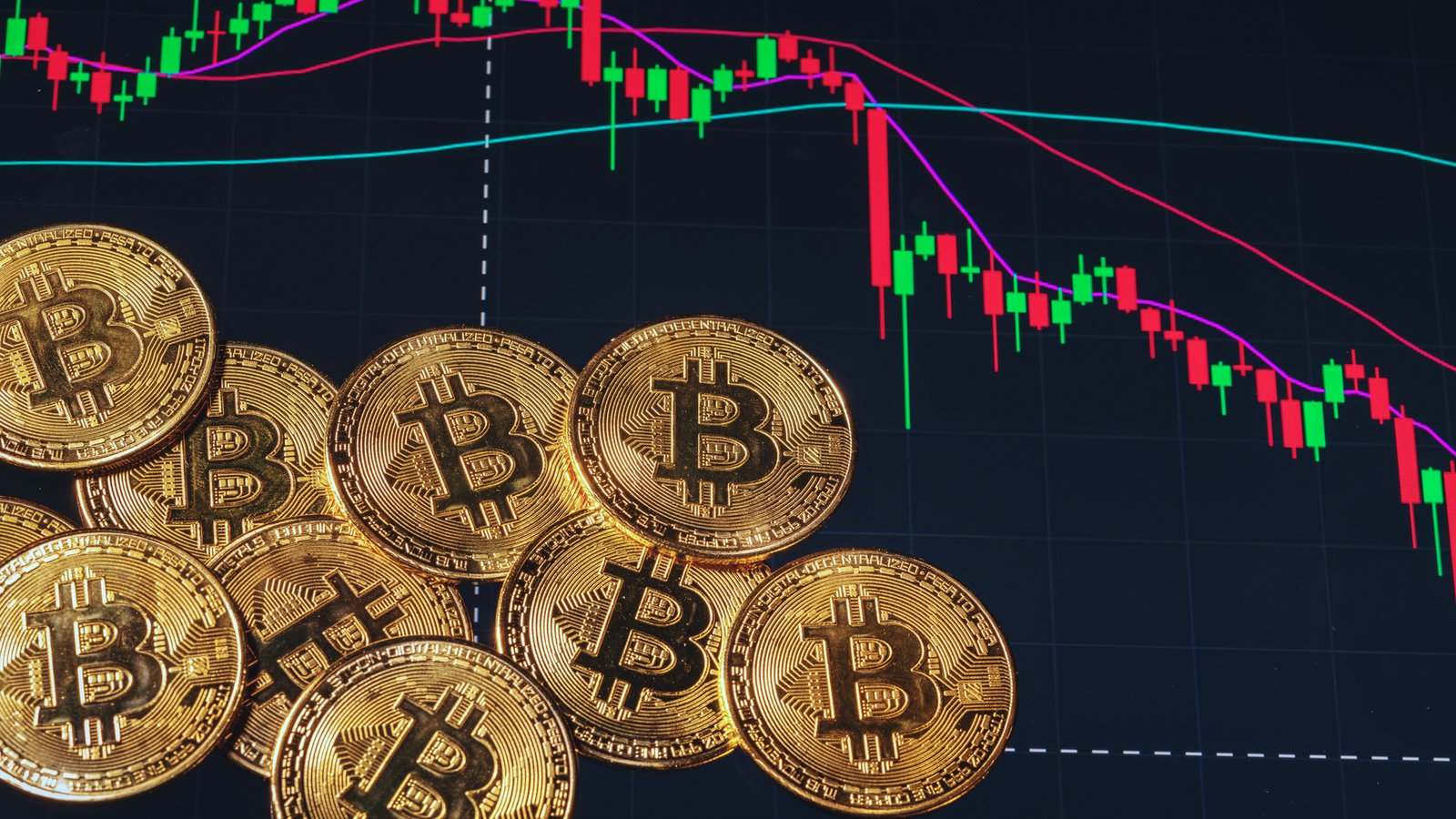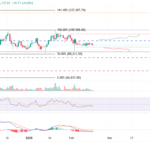The biggest and most well-known cryptocurrency, Bitcoin Price Analysis (BTC), has undergone a lot of price swings since its launch. Understanding Bitcoin’s price behavior is essential for both experienced and new investors since digital currencies remain significant players in worldwide financial systems. This study will look at the most recent patterns in the price movement of Bitcoin, investigate the primary levels of support and opposition, and go over some possible elements influencing the price of Bitcoin in the not-too-distant future.
Bitcoin’s Price Surge and Institutional Interest
Long-term investors find difficulty with Bitcoin since its price has always been erratic; this feature attracts traders looking for quick gains. Significant swings in Bitcoin have lately affected the short-term as well as the long-term trends. Following a period of inertia, Bitcoin’s value has surged as of early February 2025. Following a significant break of a critical resistance level at $30,000 in late December 2024, the price has displayed a steadily increasing trend. This breakthrough has inspired fresh interest from institutional players and rekindled an optimistic attitude among investors.
Positive news on the legal environment for digital assets and more institutional use have been blamed for Bitcoin’s most recent price rise. Furthermore, global economic conditions, especially in light of inflation worries and conventional market volatility, influence investors’ views of Bitcoin as a possible haven or hedge against financial instability. Because of its distributed character and limited availability, Bitcoin appeals to both people and businesses trying to safeguard their fortune from currency depreciation.
Bitcoin Support Levels and Trends
Any study of Bitcoin Price Battles’ $100K movement depends on the identification of significant support levels. Support levels are pricing areas when demand for Bitcoin is sufficient to stop further price decreases, therefore providing a “floor” for the commodity. Following a minor pullback from its earlier ascent, Bitcoin’s most recent support level was set about the $28,000 mark, where the price consolidated. For many investors and traders who see this level as a buying chance, it is crucial since it reflects a psychological threshold.

At the $25,000 mark, there is also more support; Bitcoin has found a solid basis in past price cycles. Several times, the stock has bounced off this level, confirming it as a significant observation point for investors. A loss below $25,000 could indicate a change in market mood, therefore triggering additional major sell-offs and more pronounced drops.
Often referred to as a “golden cross,” Bitcoin’s 50-day moving average (MA) has also lately crossed over the 200-day MA. Given the above-indicated support levels, this technical indicator implies that Bitcoin might keep on its upward trajectory. Should the price of Bitcoin go below the 50-day moving average, however, this could indicate that the rising trend is losing steam, and more falls might be just around the corner.
Bitcoin Resistance Levels and Market Trends
Resistance levels are price points at which a strong enough selling force keeps the price from rising much higher. For the asset, these levels function as a “ceiling.”. A significant resistance level for Bitcoin has been $35,000, which has proved challenging to reach in recent months. Though Bitcoin has tried multiple times to get above this level, each effort has been greeted with notable selling pressure, which has caused the price to fall.
For many investors, a psychological barrier of $40,000 represents still another primary resistance level. For Bitcoin, breaking through this level would be a significant turning point and maybe start a fresh bull run. Many analysts are eagerly observing the action in this price range since a successful breakout above $40,000 would open the path for a new all-time high. Still, opposition at these levels continues to be a significant barrier.
One other crucial technical signal to consider is the 200-day moving average. Bitcoin has consistently been unable to rise above this level, which is sometimes seen as a long-term barrier. Should Bitcoin be able to surpass this level in the next few weeks, it would indicate that the market is starting a fresh, optimistic phase. On the other hand, failing to overcome this opposition would imply that the market is either ready for a correction or stays in a phase of consolidation.
Key Factors Affecting Bitcoin’s Price
When making investments in crypto decisions, one should consider several elements influencing Bitcoin’s price movement. Technical elements, including market mood, trading volumes, and the larger macroeconomic environment, will probably influence Bitcoin’s price in the near run. While bad news, like government crackdowns or security breaches at significant exchanges, can cause dramatic losses, positive news about Bitcoin, such as institutional acceptance or favorable legislative developments, can drive price gains.
Furthermore, Bitcoin’s price is quite sensitive to changes in the larger financial markets. Prices of Bitcoin and traditional financial assets such as equities, bonds, and commodities sometimes show a direct relationship. For instance, investors are seeking alternative assets. Bitcoin often results from a fall in world stock markets or worries of economic instability. Therefore, there is increasing demand, which is driving the price upward. On the other hand, a positive surge in conventional financial markets would lower demand for Bitcoin, thus depressing the price of the cryptocurrency.
The wider acceptance of cryptocurrencies and blockchain technology will probably affect Bitcoin’s price over the long run. The demand for Bitcoin could grow as more governments and institutions accept digital currencies and distributed finance (DeFi), hence driving its price higher. Furthermore, Bitcoin’s halving events—which happen roughly every four years—slow down the creation rate of fresh Bitcoins. This decrease in supply could lead to more scarcity, thereby maybe raising the price over time.









